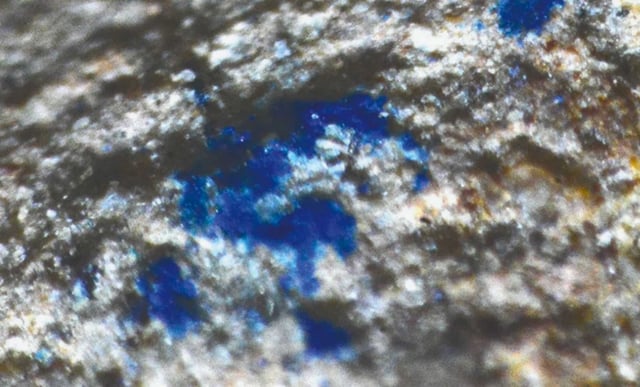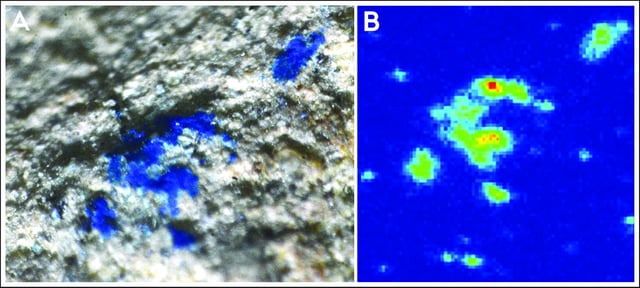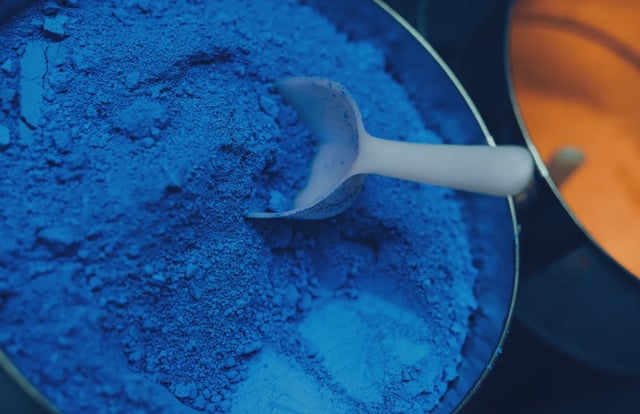Overview
- The peer-reviewed study in Antiquity reports chemical confirmation of azurite using advanced techniques including PIXE.
- Excavated in the late 1970s, the stone only yielded its microscopic blue residues during 2023–2024 laboratory analyses.
- Researchers now interpret the object not as an oil lamp but as a mixing surface or palette for preparing pigment.
- Given the absence of blue in surviving cave art, the team suggests applications such as body decoration or textile coloring that leave little trace.
- Local Rhine–Main copper geology could have supplied the azurite, and the find ranks among the world’s earliest blues alongside rarer cases in Siberia and Georgia.


